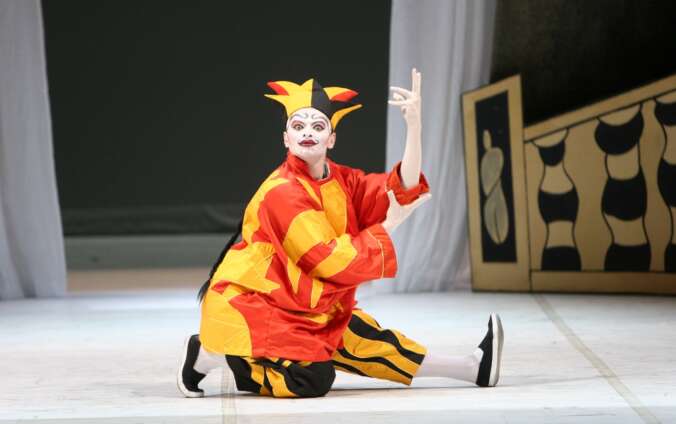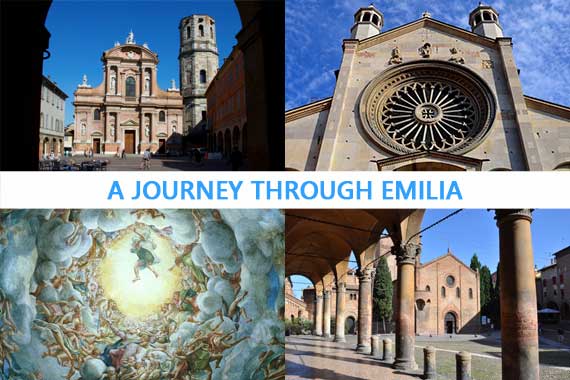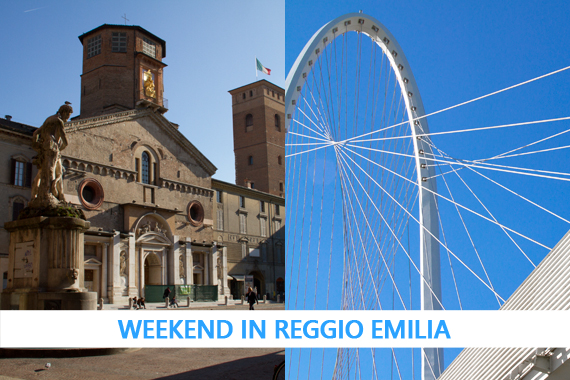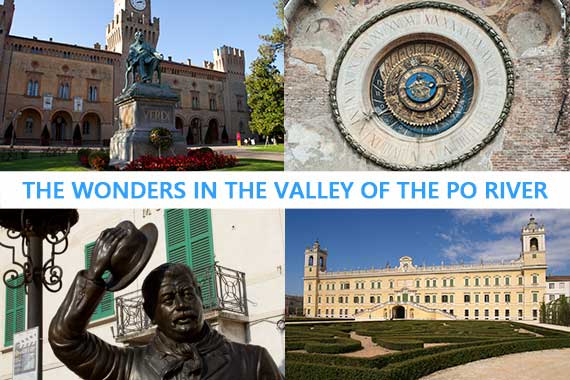Lazzaro Spallanzani is one of the most talented and interesting figures in the field of scientific research.
He was born in Scandiano in 1729 and had a brilliant scholastic career, becoming first professor of Physics and Mathematics at the Reggio University then head of the Natural Science department in Pavia, where he also directed the museum until his death. When he died, the century of Luminaries was mature and the fame and results of his research led to the birth of modern natural science and biology.
Spallanzani had a true passion for collecting, constituting through time an impressive collection displayed as a “chamber of wonders”, now conserved inside the Civic Museums of Reggio Emilia. A monument dedicated to Lazzaro Spallanzani is located in the square of the same name in Scandiano.
Antonio Panizzi has been a very important Reggio Emilia patriot and man of letters.
He played a part in the unification of Italy being a member of the secret organization Carboneria, but he had to flee towards London in 1822. Here, he wasn’t discouraged and he met with the others Italian political immigrants – between them the illustrious poet Ugo Foscolo – and continued supporting the cause from England. Being a man of letters, he managed to find work at the British Museum’s Library, becoming in a few years principal librarian.
In his homeland he is remembered for the cure of Matteo Boiardo’s Orlando Innamorato and Ludovico Ariosto’s Orlando Furioso (1830-34) editions, and for his role for the sake of Italian unity: he has been rewarded in 1868 by being appointed Senator of the Reign of Italy.
Filippo Re was born in Reggio in 1763 and dedicated himself completely to the study of botany and agriculture. His studies and their diffusion thanks to Filippo Re’s classes given in the universities of Reggio Emilia, Bologna and Modena, helped radically changing agriculture.
His contribution was so important that he is called “Prince of the Agronomists”.








